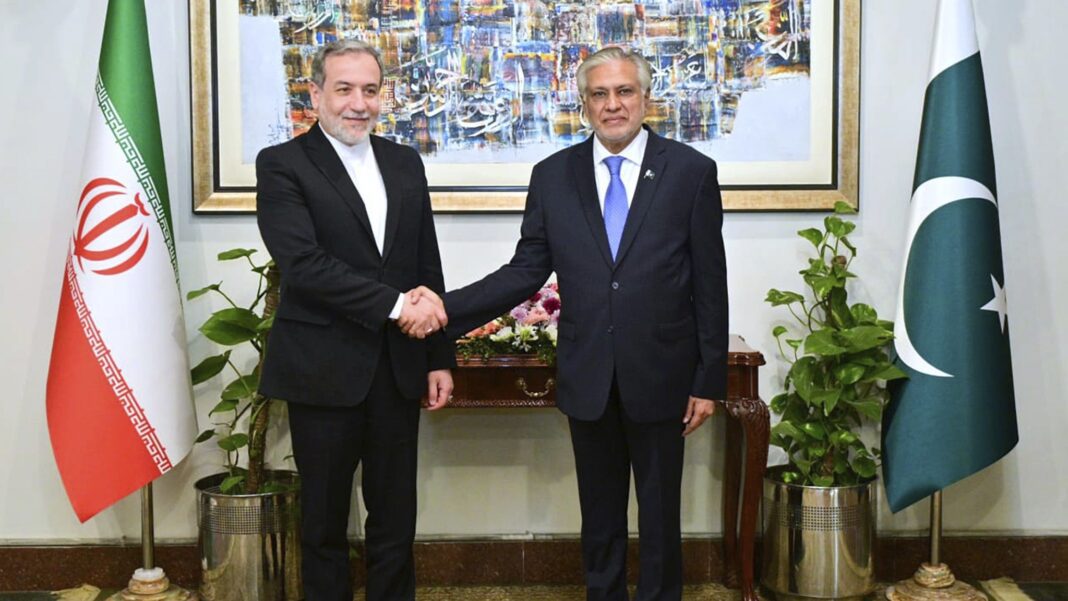Iran and Pakistan, two neighboring countries with a complex history, are working to rebuild their relationship. The past year has seen heightened tensions along their 560-mile border, primarily due to mutual accusations of harboring armed Baloch insurgent groups. Despite efforts to improve relations, challenges in the volatile border region remain significant.
A History of Conflict and Accusations
The shared Baloch region, spanning both sides of the Iran-Pakistan border, has been a source of conflict for decades. Ethnic tensions and demands for autonomy have fueled insurgent activities. Iran has accused Pakistan of sheltering groups like Jaish al-Adl, which it blames for attacks on Iranian soil. Pakistan, in turn, alleges that Iran supports separatist movements within its own borders.
These accusations escalated in early 2024. Iran launched missile strikes near Pakistan’s Saravan border region, followed by retaliatory strikes from Pakistan’s military. Diplomatic interventions prevented further violence but failed to fully address the underlying issues.
Efforts to Normalize Relations
To ease tensions, both nations have taken steps toward diplomacy. In April 2024, the late Iranian President Ebrahim Raisi visited Pakistan and agreed to station liaison officers at the border. This measure aimed to improve counterterrorism coordination. However, Raisi’s death and other geopolitical challenges slowed the momentum for reconciliation.
Recent months have seen renewed diplomatic efforts. High-level meetings between Iranian and Pakistani officials have focused on security and economic cooperation. The shared goal is to prevent future conflicts and build a stable relationship.
Economic Cooperation as a Key Driver
Economic interests are a significant factor in the push for improved relations. Bilateral trade between Iran and Pakistan is valued at $2.5 billion annually, with ambitions to increase this figure to $10 billion within five years. Both nations have signed agreements to boost trade across various sectors.
Energy ties further strengthen their interdependence. Iranian oil, often smuggled into Pakistan, accounts for 14% of its domestic fuel consumption. Iran also supplies electricity to several districts in Pakistani Balochistan. Additionally, Pakistan is constructing a 50-mile section of a long-stalled gas pipeline from Iran to Gwadar, a critical port city.
Challenges in the Baloch Region
The Baloch region remains a major obstacle to lasting peace. Both Iranian and Pakistani Baloch territories face extreme poverty, fueling resentment and unrest. Militant groups exploit these conditions, carrying out attacks that destabilize the border.
For instance, Jaish al-Adl killed 10 Iranian police officers in an October 2024 assault. In November, another attack claimed the lives of five members of Iran’s Basij paramilitary force. These incidents highlight the ongoing insecurity in the region.
Efforts to expel militants from both sides of the border could improve security. However, without significant economic development in the Baloch region, such measures are unlikely to have a lasting impact. Local populations continue to face neglect, with limited access to the benefits of national and international investments.
Geopolitical Factors Shaping Relations
Shifting regional dynamics have also influenced Iran-Pakistan ties. Iran’s improved relations with Saudi Arabia and Gulf states have created opportunities for Pakistan, which relies on investments from Saudi Arabia and the UAE. These investments, totaling $50 billion over five years, make it essential for Islamabad to avoid prolonged tensions with Tehran.
Iran, meanwhile, is grappling with international challenges, including strained relations with Israel and the West. The recent ousting of Bashar al-Assad in Syria has further complicated Iran’s regional strategy. In this context, Tehran cannot afford additional instability along its eastern border.
The Path Forward
Despite ongoing challenges, Iran and Pakistan are working to strengthen their relationship. The establishment of liaison officers and joint agreements on counterterrorism mark important steps. Economic cooperation offers a foundation for deeper ties, with energy trade and infrastructure projects benefiting both nations.
The lasting peace will require addressing the root causes of unrest in the Baloch region. Investments in education, healthcare, and infrastructure are critical to alleviating poverty and reducing support for insurgent groups. Both countries must prioritize development in their respective Baloch territories to ensure long-term stability.
Way Forward
Iran and Pakistan’s relationship is shaped by a mix of conflict and cooperation. While recent diplomatic efforts and economic agreements signal progress, challenges in the border region remain formidable. Both nations have a shared interest in preventing further violence and building a stable partnership. Achieving this will depend on their ability to address both security concerns and the underlying issues of poverty and neglect in the Baloch region.

